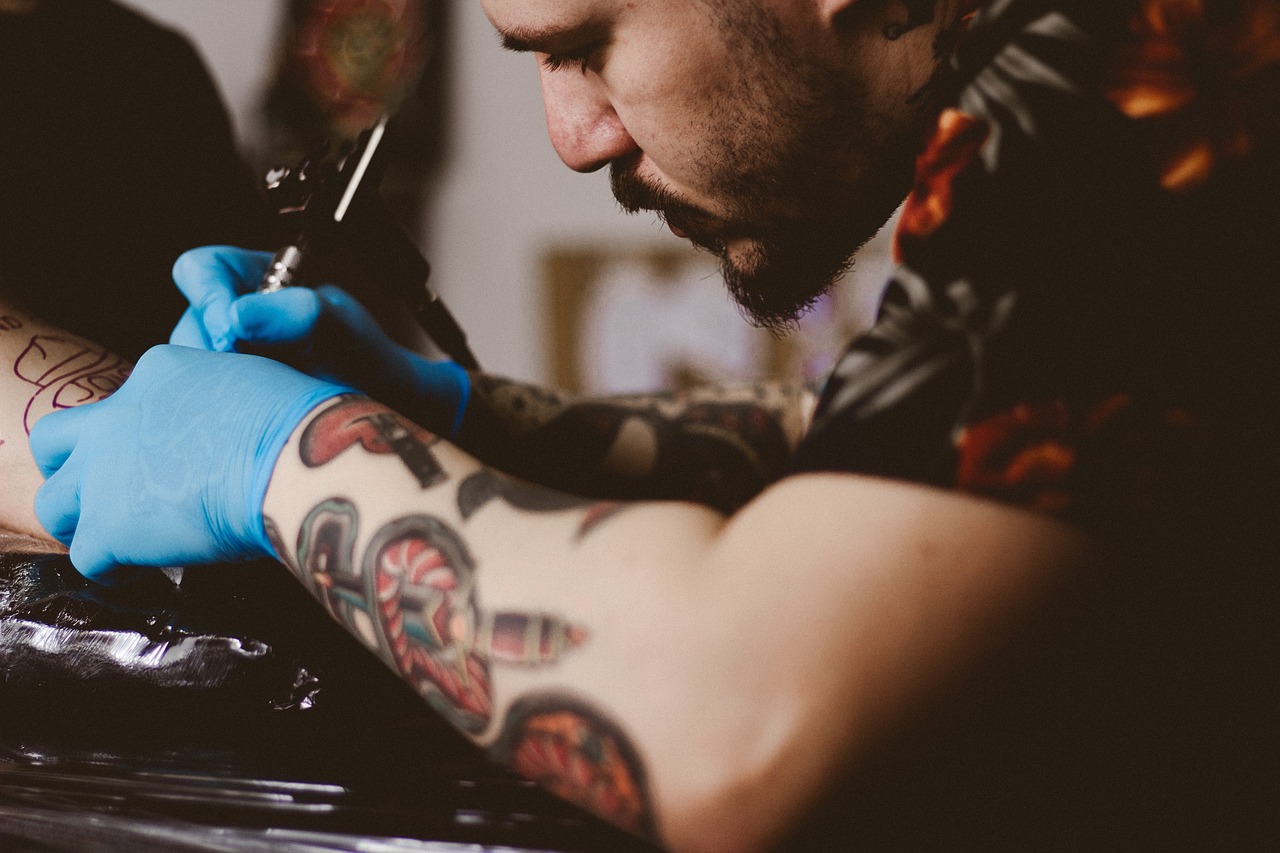A growing body of research reveals the deeper role tattoos play beyond aesthetics. A new study conducted by Professor Maja Krtalić at the University of Wellington in New Zealand sheds light on how individuals use tattoos to navigate significant life changes. This research examined how tattoos help people process emotional transitions and redefine their sense of self.
Inhaltsverzeichnis:
- Tattoos as symbols of life redefinition
- Tattoos initiating identity transformation
- Tattoos helping to heal and resolve emotional trauma
- A visible archive of personal history
Tattoos as symbols of life redefinition
The study involved 23 adults ranging from their 20s to 60s, each sharing personal experiences behind their body art. From grief and trauma to personal growth and self-empowerment, the tattoos served as visible markers of transformation. Key findings show tattoos performing three main psychological functions:
- Marking the end of one life stage and the beginning of another
- Initiating a new identity or social role
- Providing closure or emotional resolution
Participants described tattoos as ways to separate their past from a new phase of life. Events such as divorce, bereavement, or recovery from illness prompted a desire to symbolically leave something behind. The act of getting tattooed helped them reflect on the meaning of that shift. It was not just decoration—it was declaration.
For instance, someone who experienced the loss of a parent marked the moment with a symbolic tattoo, offering both remembrance and a step forward. Others tattooed dates, quotes, or abstract images representing strength, survival, or freedom.
Tattoos initiating identity transformation
Some individuals used tattoos to begin reshaping their sense of self. These stories were not always tied to specific incidents, but rather to broader personal journeys. Immigrants, queer individuals, and those undergoing major lifestyle changes used tattoos to claim their identities in new contexts.
One participant said the end of a relationship triggered their first tattoo, symbolizing independence and a desire to rediscover who they were. For many, this first step became a starting point for further personal transformation.
Tattoos helping to heal and resolve emotional trauma
Tattoos were also seen as therapeutic instruments. They allowed individuals to externalize pain and convert it into a permanent record of resilience. This was especially true for people coping with body image issues, grief, or past abuse.
In one case, a participant who once felt shame about a part of their body tattooed a butterfly on it. The transformation helped shift their perception from insecurity to empowerment. The tattoo was no longer just ink - it became a source of pride.
A visible archive of personal history
This research reframes tattoos not merely as body art, but as dynamic personal archives. Professor Maja Krtalić and her team conclude that tattoos serve as "embodied information spaces"- a means to document and communicate transformation.
Each tattoo tells a story. It holds a moment, a decision, or a shift in identity. For those navigating life’s unpredictable turns, tattoos can offer both meaning and memory-etched not only in skin, but in the journey forward.
Source: Psychology Today

